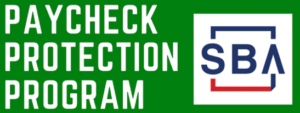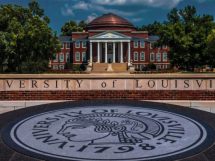
Treasury and the U.S. Small Business Administration (SBA) released new Paycheck Protection Program (PPP) guidance Friday night that provided some clarity on several loan forgiveness questions but didn’t address the two parts of PPP that arguably have generated the most concerns among the millions of small businesses and other entities that have received funding.
The latest SBA document spends a great deal of time discussing what constitutes acceptable payroll costs. Some of the key questions addressed:
– If an employee is furloughed during the eight weeks but gets paid during that time, is that eligible for forgiveness? Yes, as long as the costs aren’t more than $100,000 per employee, the cap on salaries eligible for coverage under PPP.
– Is compensation paid out as “hazard pay” or other bonuses eligible to be covered under PPP? Yes.
– Are owner-operators of a business eligible to have their loan forgiven? Yes. The document gives a fairly complicated answer to that question, and there are different ways of getting there, but yes, they are eligible. The calculation though is not straightforward.
– Besides pay, what is eligible? As was noted in other clarifications by SBA, such things as rent or mortgage payments are eligible with the provision that they don’t exceed 25% of the loan. One area that does not appear to be covered, much to the chagrin of smaller fleets, are lease payments or truck loan payments.
– What is the definition of a full-time employee? One who works 40 hours or more. If the worker puts in 30 hours, that is considered a 0.75 employee for purposes of loan forgiveness. (Note that this is not in the wording of the original CARES Act that established PPP. It is an SBA definition.)
The rule published by SBA also deals in such questions as to pay reductions and how they are calculated into the eligible base for borrowing and forgiveness.
The second document released by SBA on May 22 reiterated that the agency continues to hold the power to investigate loans or borrowers it believes do not meet the goals of the PPP, which is to protect the pay of non-public smaller companies. “SBA may review any PPP loan,” the document states, spelling out several criteria that it might look at – eligibility, loan amounts and what it’s used for, and whether the borrower is entitled to loan forgiveness.
Under the provisions set elsewhere, it’s the lender that determines the forgiveness, not the SBA. As the document says, lenders are expected to perform a “good faith review” to determine eligibility for loan forgiveness.
And in case there was any doubt, the SBA answers a firm “no” to the question: “If SBA determines that a borrower is ineligible for a PPP loan, can the loan be forgiven?”



















Add Comment